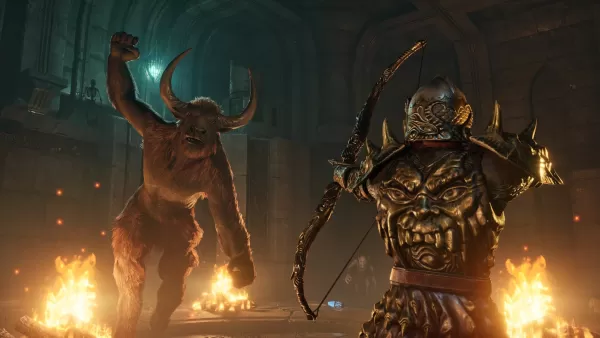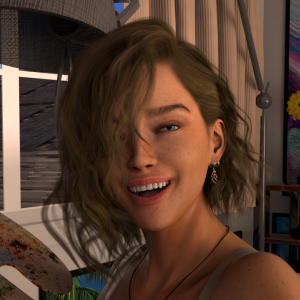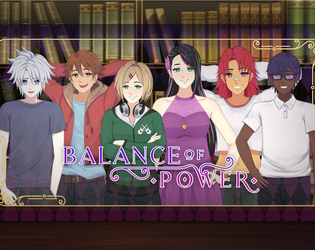When Bethesda unveiled Oblivion Remastered earlier this week, it was a sight to behold. The 2006 journey through Tamriel, once known for its quirky, potato-faced characters and blurry low-res grasslands, has now been transformed into the most visually stunning entry in the Elder Scrolls series. Despite my skepticism towards remasters, given the underwhelming results of titles like Mass Effect Legendary Edition and Dark Souls Remastered, the sight of the Imperial City rendered in Unreal Engine 5 with ray tracing was nothing short of astonishing. Not only has the game been visually overhauled, but it also features enhanced combat, improved RPG systems, and a plethora of other refinements. This led me to question whether Bethesda and Virtuos had misnamed the project. Shouldn't it be called Oblivion Remake?
It turns out I wasn't alone in this thought. Many fans and even Bruce Nesmith, a senior designer on the original Oblivion, have suggested that "remaster" doesn't fully capture the scope of the changes. However, after spending several hours with the game, it became evident that Oblivion Remastered might look like a remake but retains the essence of a remaster in its gameplay.
The reason *Oblivion Remastered* appears so transformative is the meticulous work by Virtuos, who redesigned every asset from scratch. From trees and swords to crumbling castles, everything on screen is brand new, meeting today's graphical standards. The game boasts beautifully textured environments, stunning lighting, and a new physics system that realistically impacts the world with every arrow and weapon strike. Although the NPCs are the same as those from 2006, each model has been recreated, aiming for excellence in 2025's standards rather than merely recreating memories. This visual overhaul is so impressive that, had I seen it before the remaster rumors, I might have mistaken it for *The Elder Scrolls 6*.Beyond the visual enhancements, the gameplay has seen significant improvements. Combat feels more responsive, with the longsword no longer resembling a balloon in combat. The third-person camera now includes a functional reticule, and every menu from the quest journal to the lockpicking and persuasion minigames has been refreshed. The original leveling system has been replaced with a more intuitive hybrid of Oblivion and Skyrim's approaches, and players can finally sprint. With these extensive visual and gameplay upgrades, one might argue we're entering remake territory.
However, the distinction between remakes and remasters remains a semantic challenge. There are no industry-standard definitions, and terms are often used loosely. For example, Rockstar's "Definitive Edition" remasters of the Grand Theft Auto trilogy are essentially PlayStation 2-era games with enhanced textures and lighting, whereas the Crash Bandicoot N. Sane Trilogy, also labeled a remaster, features entirely new assets and looks modern. Remakes like Shadow of the Colossus and Demon's Souls by Bluepoint are faithful recreations built from the ground up, while Resident Evil 2 redesigns interactions while sticking to the original structure. Final Fantasy 7 Remake and Rebirth go even further, overhauling design, script, and story. These examples illustrate the varied interpretations of "remake."
Historically, games rebuilt from scratch in a modern engine were considered remakes, while remasters were seen as limited upgrades within the original technology. However, this distinction is becoming outdated. A more current definition might classify a remaster as a graphical overhaul that retains the original game's design with minor quality-of-life improvements, while a remake redesigns the game entirely, offering a new take on old ideas. Under this definition, Oblivion Remastered fits its name perfectly. It looks brand new thanks to Unreal Engine 5 and ray tracing, but at its core, it remains a product of the 2000s, with its gameplay mechanics, quirks, and even bugs preserved.
 New lighting, fur, and metallic effects are just the tip of the iceberg of Oblivion Remastered's changes. Image credit: Bethesda / Virtuos
New lighting, fur, and metallic effects are just the tip of the iceberg of Oblivion Remastered's changes. Image credit: Bethesda / Virtuos
The hallmarks of the original era are still present: loading screens behind every door, the baffling persuasion minigame, simplistic city designs, awkward NPC behavior, and the combat, which, despite improvements, still feels detached. The bugs and glitches that added to the original's charm have been retained.
Comparing Oblivion Remastered to newer titles like Avowed by Obsidian highlights its age. Avowed's modern combat and exploration systems make Oblivion feel like a relic. Yet, Oblivion Remastered retains the magic of its world, with its open fields and myriad mysteries. Its ambitious features, like dynamic goblin wars and engaging quest structures, still shine, offering a refreshing contrast to more hand-holding modern games. However, the game's dialogue, interconnected systems, and level design reveal its age, reinforcing its status as a remaster rather than a remake.
AnswerSee ResultsIn film, remakes are entirely new productions, while remasters enhance existing films to meet modern standards. Oblivion Remastered is akin to a 4K restoration of a classic film, pushing visual quality to its limits but remaining a product of its time. Alex Murphy, executive producer at Virtuos, aptly described the project as using the original game engine as the brain and Unreal Engine 5 as the body, preserving the gameplay logic loved for nearly two decades.
Oblivion Remastered is a testament to what remasters can achieve. It sets a new standard for remasters from major AAA studios, outshining efforts like Mass Effect Legendary Edition and Grand Theft Auto: The Trilogy. It's a labor of love that looks like a remake but plays like a remaster, and that's precisely what it should be.















